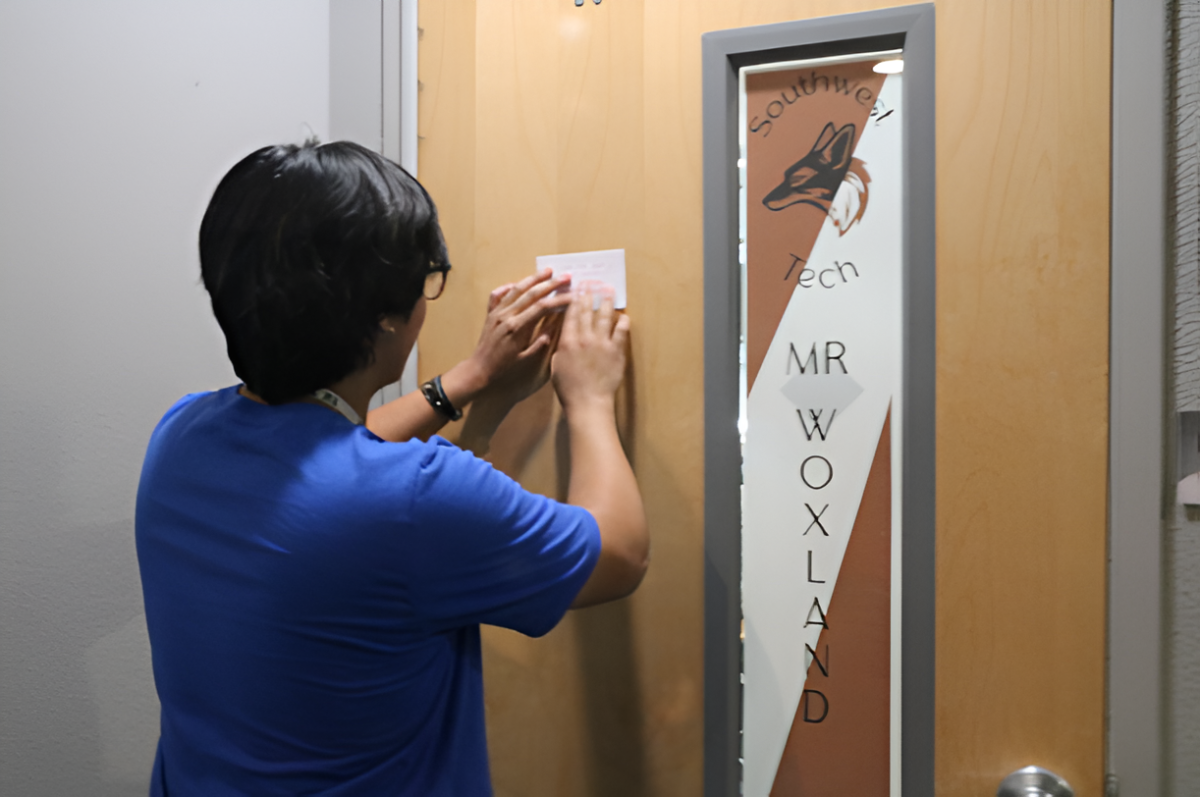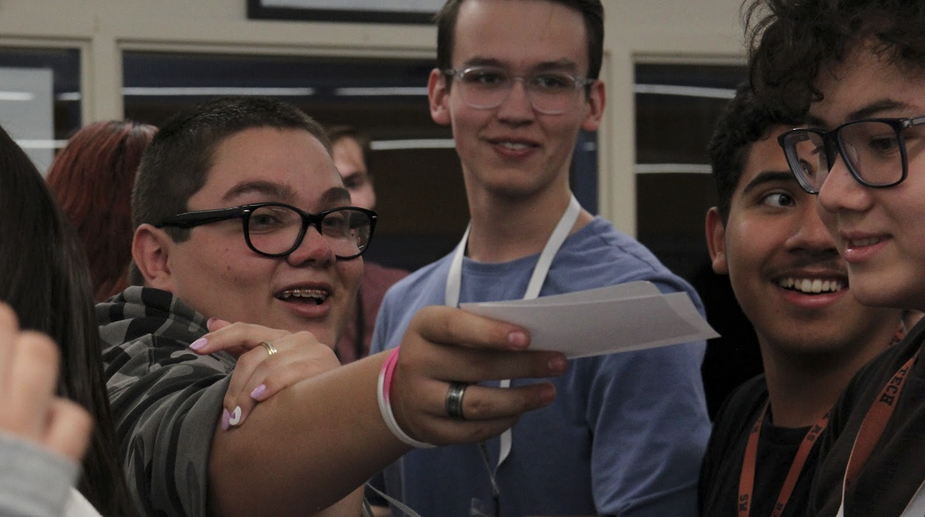Governor Brian Sandoval proposed the fiscal budget for the upcoming year on February 24, 2011.
Sandoval’s new budget calls for shifting $425 million from the bond reserve funds from school districts to put into the operating budgets. Bond reserve funds are a “safety net” for the bonds sold in the case of financial distress. The system is set up so CCSD will not over spend. The current bond reserve has helped build and modernize over 100 schools, including Southwest Career and Technical Academy.
“We have cut $375 million in the past four years. Now, they are going to cut that in just one year,” comments CCSD School Board President, Trustee Carolyn Edwards.
Each district has to keep enough money in the bond reserve to pay back debts, but Sandoval wants to only keep enough for six months in an attempt to put money back into the education system. In order for Sandoval to accomplish this goal, he must change Nevada law and force CCSD to go against its own bond reserve policies. If he is successful, CCSD may not have enough money to pay back its debt, putting the district in even more financial strain.
Within Nevada, there are 17 school districts. Of these, $300 million, or approximately 71% of funds, would come directly from Clark County School District bond reserves.
“I think it is ridiculous that they are spending more money on other things that can be dedicated to the world’s future, because we are the future, especially at a career and technical academy,” commented junior Sigifredo Ruiz.
Because of these budget cuts, there is a potential layoff of over 2,500 teachers and 700 support staff, some of which may come from Southwest Career and Technical Academy.
The average salary of teachers would fall by at least $3,500 and class sizes would increase by approximately eight students.
“As a teacher, I am going to teach regardless if there is 15 extra kids in my classroom or the same number I have this year. Of course it makes it more difficult if they increase class sizes and learning does decrease, but until our economy completely rebounds, I think we all just sort of have to deal with the changes and what’s going to happen and try to make the best of it,“ argues world history teacher Ms. Krista Boivie.
The first day of March, CCSD posted a survey for the public to examine what the constituents want to be cut from the budget.
One aspect of the survey was to increase class size, ultimately saving over $9 million dollars per student added and cutting 160 employees. The average class size at SWCTA could increase by up to 20 students. Co-curricular programs, extra-curricular activities, and athletics could be eliminated to increase funding for other areas. If these were removed from of the budget for the upcoming fiscal year, after school activities would be eliminated unless a new policy involving “pay-for-play” could be implemented.
“So many students are doing extra-curricular activities as an outlet for their energy. Cutting out extra-curricular activities will remove that outlet. Where can they go?” states junior Charlene Hinton.
For staff at SWCTA, the cuts go even deeper. Mrs. Gia Moore, the Community Partnership Coordinator at SWCTA, enables programs to have adequate resources within the community for job shadowing, internships, and the creation of curriculum fit for the 21st century workforce. Her job may also be eliminated as part of the magnet-school off-ratio staffing cut, affecting the relationships with the community partners that have been built over the last two years.
Teacher furlough days could be cut by 20 days, and they could also have to contribute 10% toward health insurance premiums. Prep periods could be eliminated, lessening the need for teachers by 1,800 people and possibly increasing class sizes. Teachers’ salaries may also be lowered in an attempt to save money. Teachers with the lowest seniority ranking will be the first cut if lay-offs are made.
“This may force younger, more progressively trained teachers to leave their jobs. I have always felt that the strength of CCSD lies in the young, progressive approaches we are willing to take in education. The majority of the very experienced teachers I have met are living in the past and teaching with worksheets and overhead projector power point slides: boring and unproductive; worksheets don’t grow dendrites!” comments science teacher Mr. Jonathan O’Brien.
The proposed fiscal budget directly affects students at SWCTA because CTA’s are unique. Students come from all across the district; however, one item up for debate is whether busing to CTA schools should be cut. The impact of the cut, according to the survey states, “Career Technical schools may not have the enrollment needed to run certain programs, and students may no longer have access to specialized curriculum offered by a CTA program.”
The true disaster here: SWCTA programs could be combined based on clusters and teachers could be lost. In a less drastic scenario, late buses would be cut and student participation in after school activities would drastically fall.
“It is outrageous. If kids had to provide their own transportation to school, there could be more tardiness, an increase in teenage car accidents, and angry parents. There may even be a drop in school population!” exclaims junior Billy Rom.
The CCSD School Board is hosting concurrent Town Hall meetings at Chaparral, Cimarron-Memorial, Mojave, and Sierra Vista High Schools on Tuesday, March 15 from 6-8 p.m. and is open to the public to provide input on how to balance the district’s budget.
Sandoval’s budget is not officially in place until the Nevada legislators come to an agreement to pass the budget at the end of their 120-day session in June.



![Practicing the basic skills of nursing, sophomore Natalia Yancey gets her heartbeat checked with a stethoscope. Sophomore nursing students reviewed skills from freshman year. “I’ve always wanted to be in the medical field; it’s been my dream forever,” Yancey said. “Doing [practice skills] so early on is not only an amazing opportunity, but it helps me to prepare for my future.”](https://southwestshadow.com/wp-content/uploads/2025/10/IMG_9843-1200x800.jpg)


